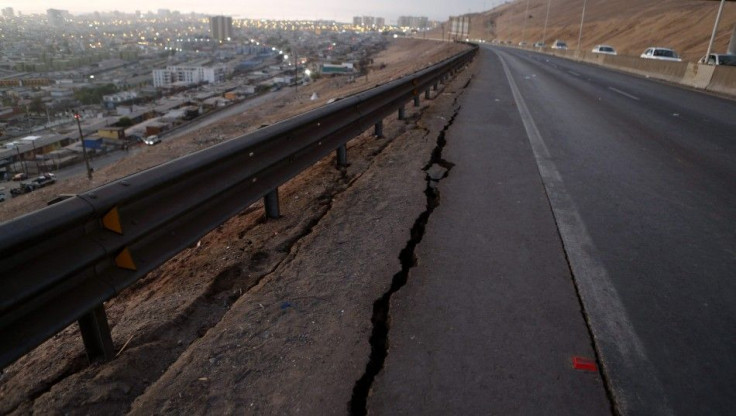Quake Warning Devices Placed in New Zealand Ocean Floor to Study Potential Magnitude 9 Earthquake

The possibility of a magnitude 9 earthquake happening in the Pacific Ocean will be studied as GNS Science will begin placing seismometers or quake warning devices on New Zealand's most threatening faults.
The new earthquake devices will be installed under the ocean on the Hikurangi Subduction Zone within the week. According to GNS Science, seismologists believe the area starting 25 kilometres east of Gisborne is where the Pacific tectonic plate is forced to move below the Australian plate. The activity could be capable of causing a massive magnitude 9 earthquake similar to the one that struck Japan in 2011.
Dr Bill Fry, a GNS seismologist, said a powerful earthquake in GIsborne would be felt by much of New Zealand including Wellington. A magnitude 9 earthquake would cause a tsunami that would reach most of the country.
The quake-warning devices, some weighing up to 200 kilogrammes, will be submerged underwater for a year to record small seismic tremors that land-based instruments were unable to capture. The seismometers will also monitor underwater fault movements or "slow-slip earthquakes" that occur over weeks or months, according to Dr Fry.
The devices have highly sensitive pressure recorders to pick up small vertical movements. The data will be stored in the instruments and seismologists will study it when they are brought up to the surface the following year.
Dr Fry said the information from the seismometers will help scientists have better insight of the earthquakes and tsunami caused by undersea faults.
A study was published in the earlier part of 2014 about the possibility of massive earthquakes in New Zealand which were predicted to happen off the east coast. Researchers, led by an Australian professor from Melbourne, have published a study with a global map indicating where giant earthquakes might strike next.
Professor Wouter Schellart from Monash University said earthquakes usually happen at the ends of tectonic plates when they rub together. Giant earthquakes will more likely occur in subduction zones where one tectonic plate goes under another.
Mr Schellart reported that massive earthquakes are "most dangerous and destructive." The researchers' global map can help seismologists get an idea of the possible locations of giant earthquakes. Mr Schellart along with his colleague Professor Nick Rawlinson from the University of Aberdeen have been working on the study with their team since 2009.






